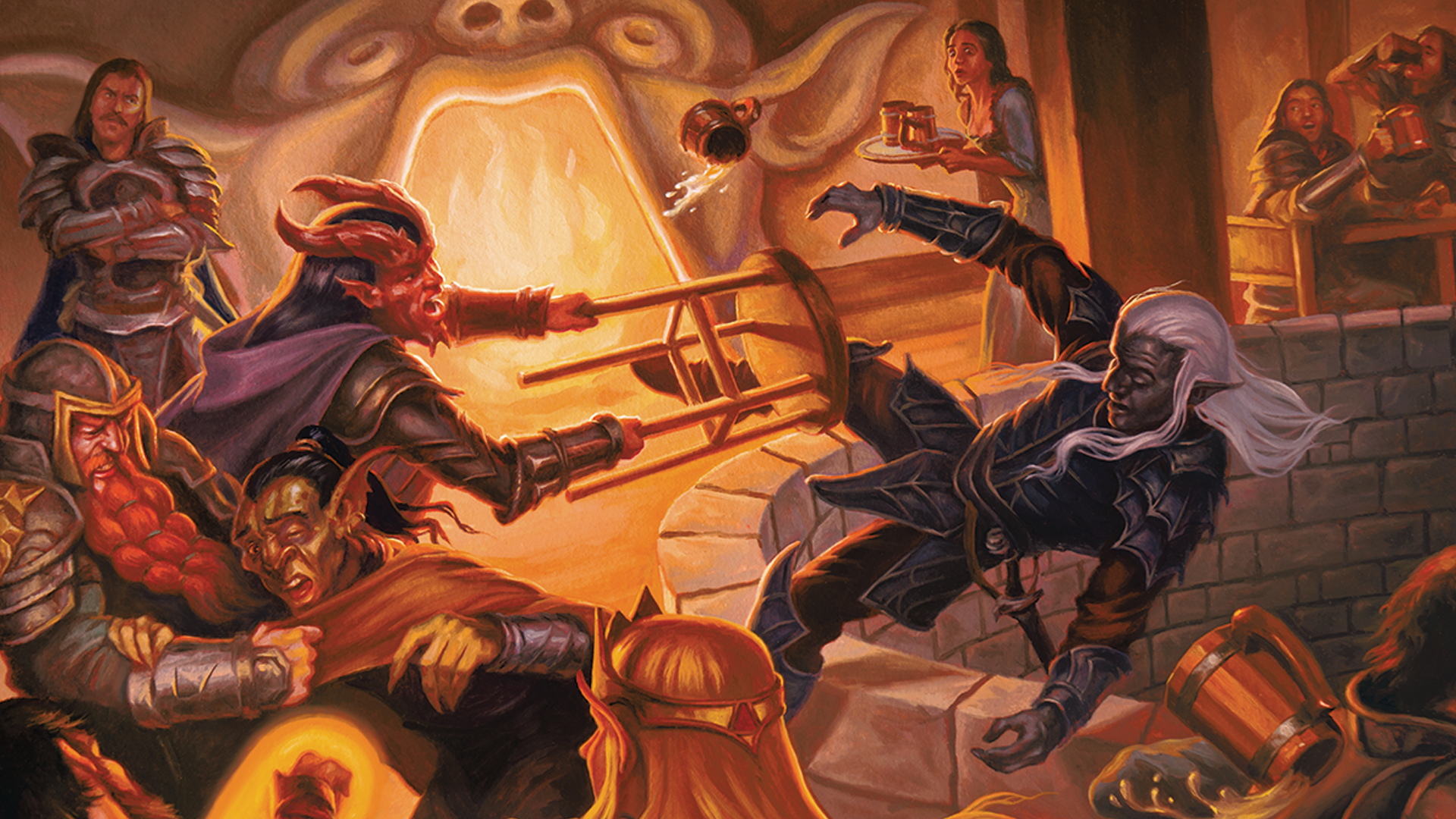

If you had to choose one of those two.)īut you're not constrained to buy one of those two, there are lots of RPG products out there! Buy the Starter Set. Still, on "Encounter Design" and "Adventuring Day" and a few tables and sample maps I'd lean toward DMG, personally. (Then again: the lore-parts of the MM that aren't SRD are pretty awesome and would stand in for a lot of world-building. If you must purchase one of the two, since you've indicated you're making your own campaign then I guess the choice would be DMG, given that you'll have plenty of SRD monsters to populate your world but the worldbuilding and campaign design bits of the DMG aren't freely-available. Thus, buying the DMG gets you a lot more stuff you couldn't get otherwise. On the other hand, a lot of the DMG advice and creation guidelines are not legally available on the internet (though many magic items are). The list is missing some classic monsters, like the beholder, but for practical purposes it doesn't really matter.


You can access this list at various places on the internet ( here, for example). The Open Gaming License legally makes a large list of monsters available for free. A lot of Monster Manual is (legally) available online. With the sample monsters in the PHB and the creation guidelines, you could create your own monsters fairly easily. While more experienced DMs might scoff at the advice inside, there are still a lot of useful tables, maps, and suggestions in the DMG that are good for getting off the ground.Īdditionally, the DMG contains the list of magic items, as well as guidelines for creating your own monsters and magic items. That being said, the DMG contains lots of useful information for a new DM. First, it's worth noting that it's pretty important to have all three books.


 0 kommentar(er)
0 kommentar(er)
